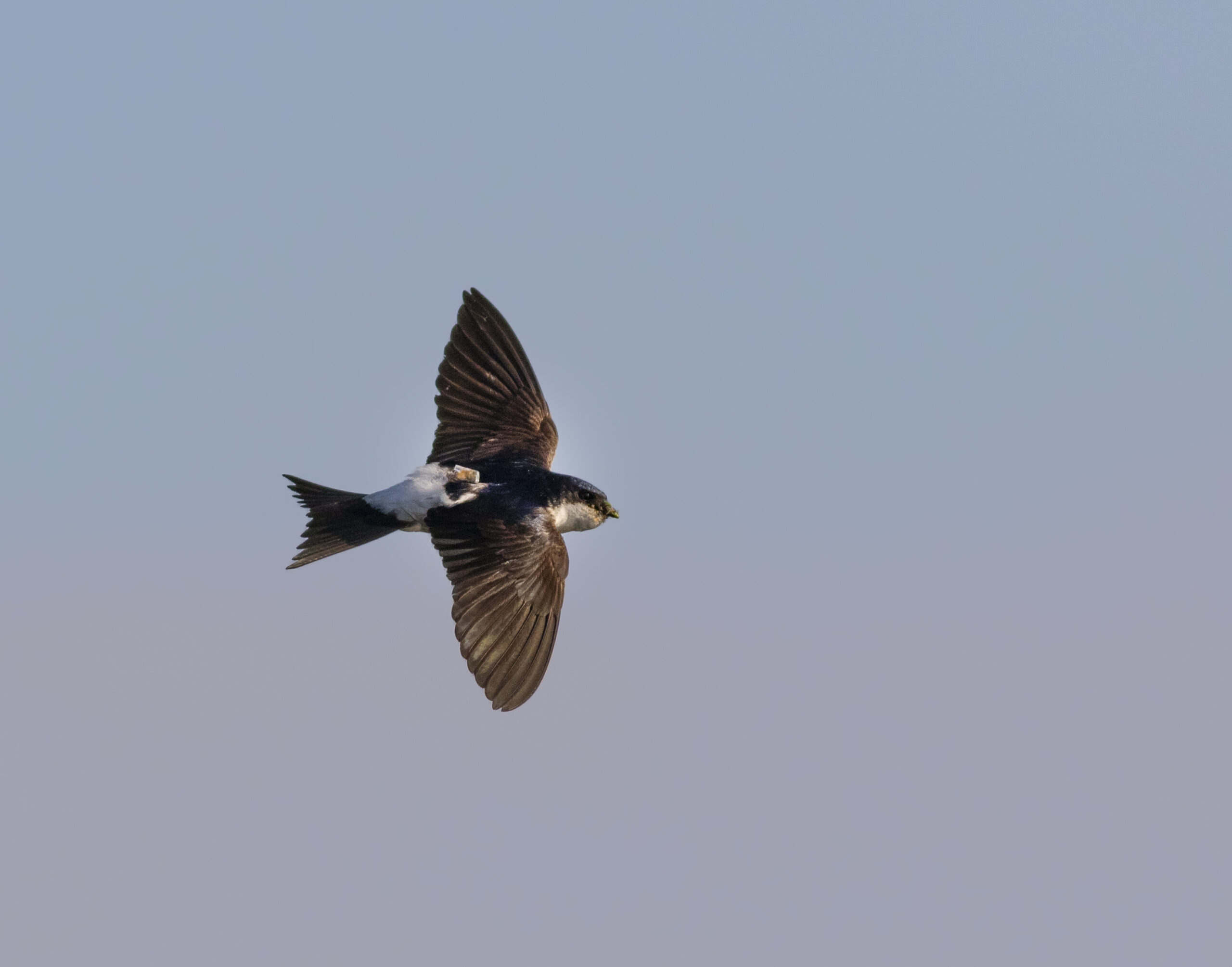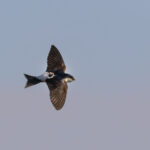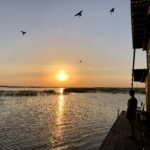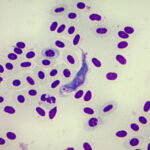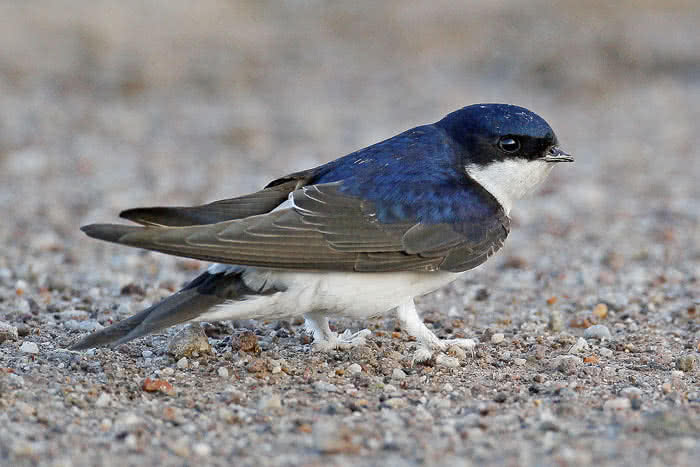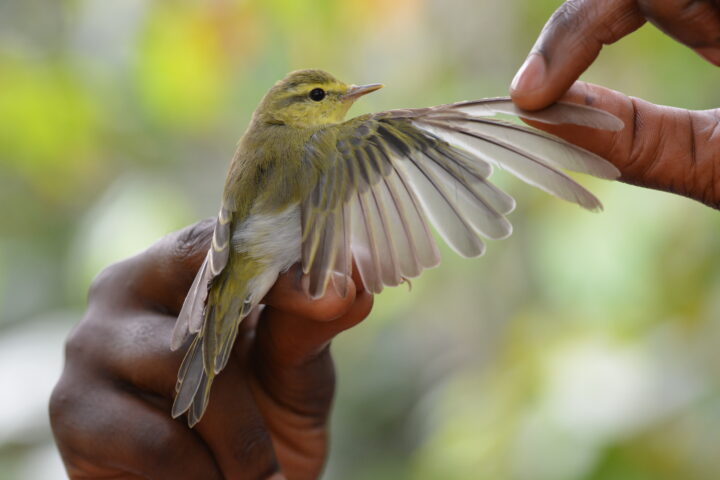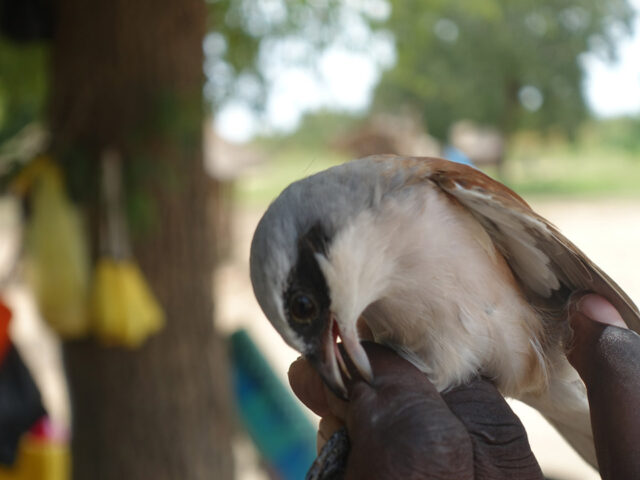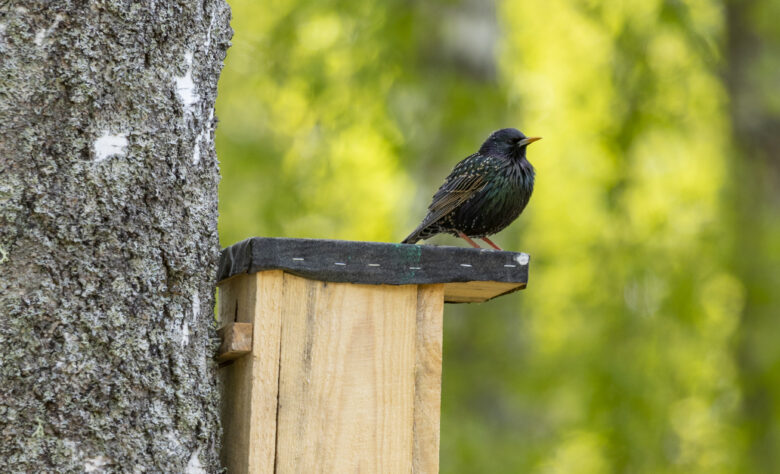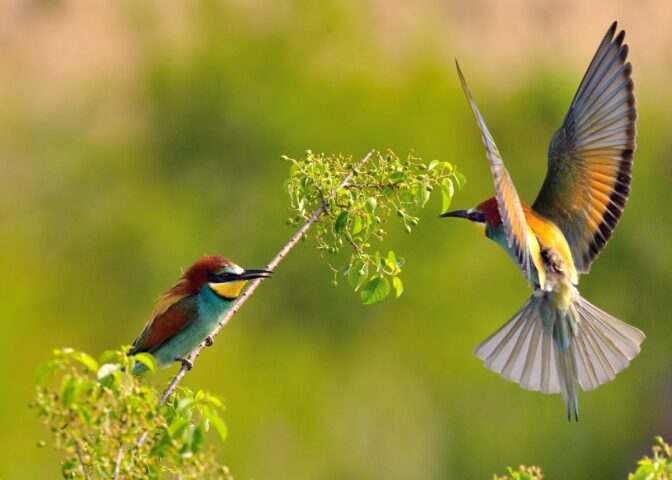The Common House Martin (Delichon urbicum) is a long-distance migrant breeding across Europe and spending the non-breeding period in sub-Saharan Africa. Despite House Martin being one of the most common Afro-Paleactic migrants, we know surprisingly little about their migration ecology and population-specific non-breeding sites with only a handful of ring recoveries from Africa (see The Eurasian African Bird Migration Atlas). In this project, we use house martin as a model species to investigate how long-distance migrants adjust their annual cycles to local phenology at their breeding sites.
House Martin with a light-level geolocator on its back.
Study area in Eptingen, BL.
Study site in Latvia at Lake Engure.
Trypanosoma sp in House Martins
Migration of Common House Martin
Adjustments of the annual cycle in long-distance migrants according to elevational and latitudinal phenology
Domain
Research
Unit
Bird Migration
Topic
Ecology, Migratory Birds
Habitat
farmland, settlements
Project start
2020
Project completion
2024
Project status
ongoing
Project management
Martins Briedis
Project region
Basel Land, Europe
Project team members
Betroffene Vogelarten
Unit
Bird Migration
We research migratory birds from their breeding grounds to Africa and lay the foundations for their protection beyond national borders.

